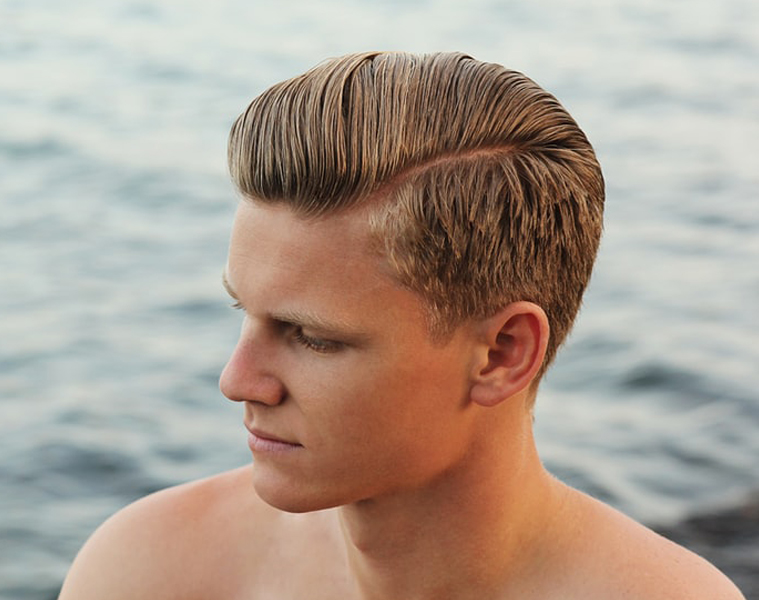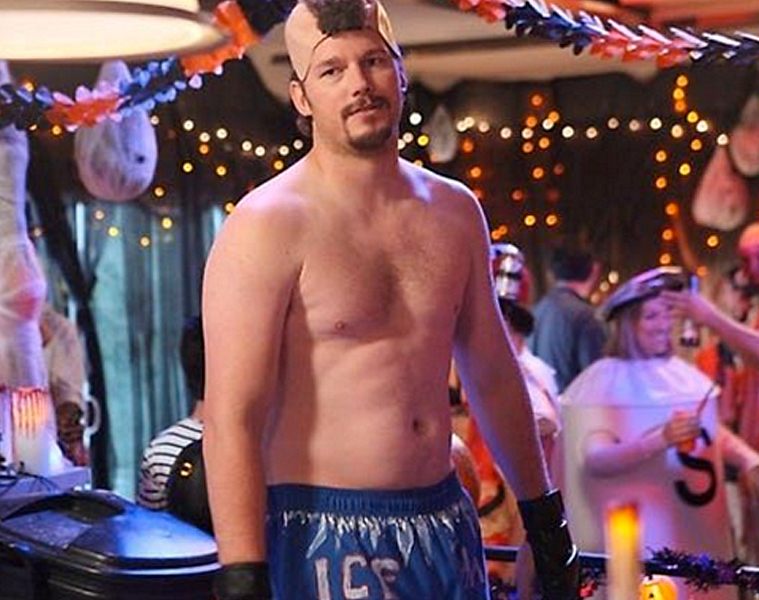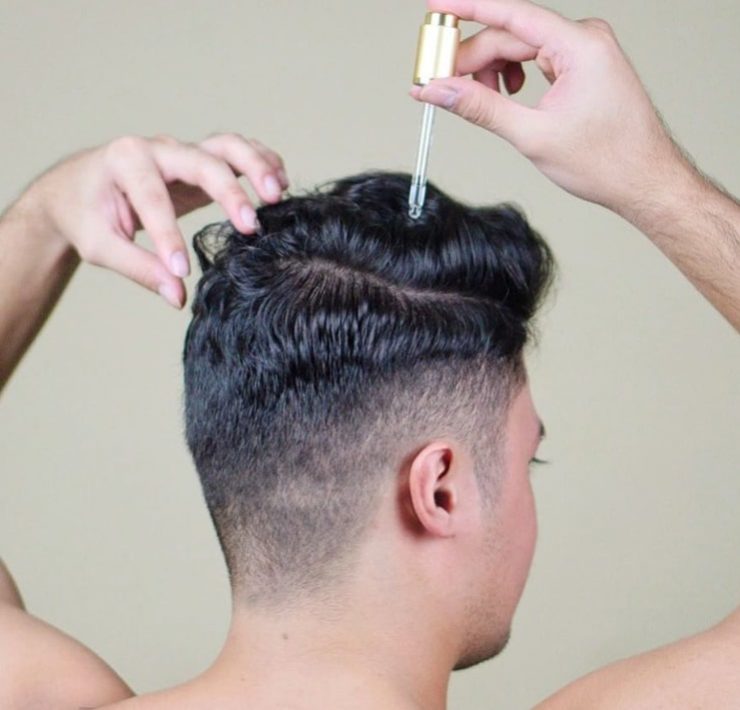Know your roots: Hair loss is not really worth pulling your hair out for if you know how to pre-empt it

In your 20s, you don’t think you’re ever going to lose your hair. That’s the misfortune of older guys alone; maybe your dad or your lolo suffers from it, or you’ve seen some guy attempt to comb over his ten remaining strands of hair, thinking they’d help cover the wide, shiny bald spot on the top of his head. Hair fall and hair loss don’t happen overnight, though, so if you think your hair is thinning already, a possible bald spot is no longer just a figment of your imagination.
“It begins at an area you don’t see. It starts at the crown, and especially if you are genetically predisposed to it, it’s inevitable,” says Michael Bernstein, the internationally recognized chief trichologist at Svenson Manila, whose clients that include British royalty, international stars, Middle Eastern tycoons, and undisclosed, high-profile men and women. “Hair loss is not an illness or a disease. Men, because of testosterone, are just more susceptible to it.”
There are other common causes, but hair loss is usually caused by the hair follicle’s sensitivity to synthesis of sex enzyme dihydrotestosterone (DHT) to adrenal glands, testes, prostate, and hair follicles. It shrinks follicles, resulting in a shorter lifespan and the abnormal production of hair.
Bernstein’s advice? “The best way to deal with hair loss is not to wait to do anything until you are already bald. You don’t wait to go to the dentist until your teeth fall off; you go when you have to prevent decay. The same goes with your hair.”
BEAT YOUR GENES TO IT
If the men in your family are bald by the time they hit their 30s, Bernstein advises that if you do something in your 20s, you can help prevent it from happening to you. He links it to having heart disease in your family history, wherein instead of living an unhealthy lifestyle, just waiting for your first heart attack, you lessen your risk through diet and exercise in your youth. “If you come in asking if we can regrow your hair, the answer is no, but Svenson can custom-make a natural-looking hair weave to integrate with your own hair. With thinning hair, though, we can stop the hair loss, stabilize it, and try and make hair stronger.”
Svenson uses Revage, a laser that encourages cellular turnover, before applying Stem Plus, a formula containing glycogen, vitamin, and nutrient stimulators to increase blood flow to the scalp. These are followed by DHT inhibitors to block the DHT hormone so it doesn’t cause further hair loss. Treatment takes 15 to 20 minutes, and you don’t even feel a thing.

BUT MAYBE IT’S YOUR SCALP
“There are those who only wash their hair once a week thinking they are keeping their natural oils intact so it stays thick-garbage!” Bernstein dispels. Just as a plant doesn’t grow on infertile land, scalp hygiene plays a bigger role in hair loss than most realize. Dandruff, for instance, blocks hair roots, where only one strand would grow as opposed to the natural three to four, and weakens the hold of the strands. He recommends you wash your hair with the right shampoo every day, with emphasis on washing the scalp properly. If you use hair styling products, use a clarifying shampoo weekly.
By doing this, you’ll notice small changes: dandruff goes away and hair is not so oily, with added volume and shine. Within three to six months, at the half of a hair regrowth cycle, your haircutter should note a fuller head of hair; in nine to 12 month, once a full hair regrowth cycle has culminated, you will be enjoying the benefits of your hair care vigilance.

CHECK YOUR NUTRIENT INTAKE
Your hair is pretty much pure protein, so if you don’t eat enough for both your muscles and hair, you’ll have bulging biceps-and a bald head. Neglect iron and your blood won’t be able to carry enough oxygen to your scalp for good hair growth. “There’s a correlation between increased protein intake and treatment for iron-deficient anemia and an increase in hair growth as well as premature graying,” Bernstein adds. Recommended protein and iron sources are egg yolks, beans, and turkey.
Omega-3 fatty acids are not only good for your brain; they also add elasticity to hair, preventing breakage and their ending up in your shower drain. But the body can’t produce omega 3 on its own, and whatever you eat is what your body gets. Dig in on flaxseeds, walnuts, salmon, tuna, kale, and Brussels sprouts for your fatty acids fix.
Most men don’t consume enough magnesium, the fourth most abundant mineral in the body that is needed for more than 300 biochemical reactions, hair growth included. Scrimping on selenium leads to hair follicle abnormalities, reduced growth, and hair loss. Nuts like almonds and cashews, and fish like halibut and tuna both have magnesium and selenium.
There’s also such thing as nutrient overdose. While zinc boosts tissue growth and repair and regulates hormones (testosterone included) in the body, high levels of testosterone are actually linked to hair loss. Bernstein emphasizes that 11 mg of zinc a day is all you need. Some vitamin A is good for your scalp, but more than 15,000 IU a day can actually spur hair loss, he adds, noting that the recommended daily allowance of the vitamin for men is 5,000 IU a day.
Writer: Marbbie Tagabuca
This article was originally published in Garage Magazine November 2014
Images from Unsplash











